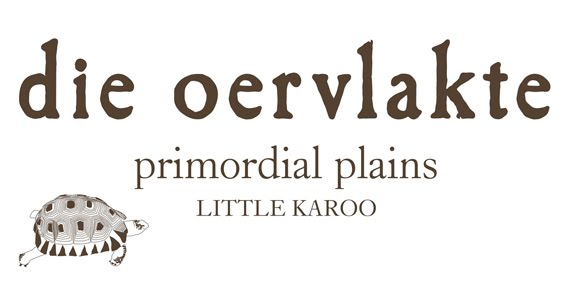Having been to and investigated Willowmore on numerous occasions while researching
die oervlakte book, I decided to go and have another look to see if I could find aspects of the town that are not obvious on a first visit. I started off as I always do when entering the town with a
cappuchino and something scrumptious to eat at Sophie’s Choice. Decided to try the chicken mayo wrap with a delicious and beautifully presented salad.
The town has some impressive and beautifully restored buildings from a by-gone era that are well worth investigating and inspecting.
 |
| The Town Hall: It is believed that the town hall was built around 1896.
It was used for a variety of functions, including funerals of prominent
people, soirées, plays, wedding receptions and film shows. | |
 |
| Scholtz/Greef Building: The erf was first registered in 1873. The first
building, owned by F.W. Baker in 1889, burnt down and the present
building was built at a later date. |
 |
| The Old Gaol: This building was once the police station and prison and
is believed to have been built in 1896. It consisted of a hospital cell,
hard-labour yard cells, awaiting-trial cells, cells for females and a
kitchen. This building has been renovated and is now a luxurious bed & breakfast called The Old Jail www.theoldjail.co.za |
 |
| The church was not built during the lifetime of the Grays but between
1876 and 1881 and is the oldest church in Willowmore. This white-wshed
church was probably the last of the churches built to a Sophy Gray plan | |
 |
| The Jewish Synagogue: The erf was purchased for the building of a
synagogue in 1906 and the foundation stone was laid on 8 April 1907. The
Jewish community applied for a loan for the building in 1908 and by
1917 the Willowmore Hebrew congregation had 30 members. The 1930s saw
the rise of anti-semitism and in 1937 Dr. D.F. Malan addressed a meeting
in the town accusing Jewish shopkeepers of selling goods cheaper to
Jews than to Christians. However, the experience of Mr. Freedman, who
tendered two years running to the Indigent School Committee for its milk
contract, provided another perspective. Although his tender was lower
than others, the contract was given to a Mr. Steyn as the School
Committee did not feel justified in giving it to a Jew if it could go to
an Afrikaner. In 1958 no services were held in Willowmore as the
congregation could not make up a minyan (ten men) and the community
attended High Holy Day services in Uniondale. By the mid 1960s the
synagogue was no longer in use. |
The roads in the town are wide and untarred, originally laid out as in many of the small Karoo towns, to accommodate ox wagons and horse drawn carts, the postman still rides his bicycle and delivers post by hand and children have the freedom of the quiet streets.
For me the most extraordinary feature is the way the blue gum trees,
planted probably in the late 1800’s, have been cut and how these 130 -
odd year old trees send out new growth in this very arid and dry place.
Came accross at least 10 of them in the caravan park behind the town
hall that had been cut the week before. Only their huge stems and awful
looking stumps left trying to reach out to the blue sky. I did have an
urge to go out and hug each one of them for the trauma caused, whether
it is because they have become too big or because they use too much
underground water and are now classed as an alien species.
 |
| Sheep/lamb guarding a gate .... or welcoming to enter .... |
 |
| Eighty year old resident of the town wishing me well on my journey |
Back to Sophie’s for an ice cream with chocolate sauce and blueberries before I took the road home, my mind full of new impressions.













No comments:
Post a Comment